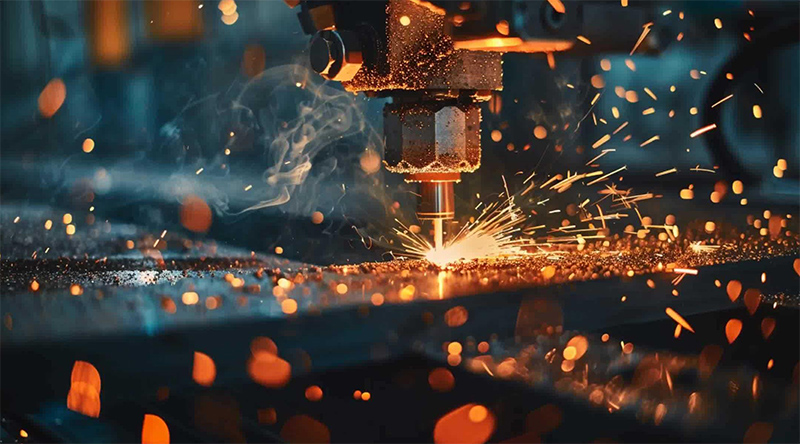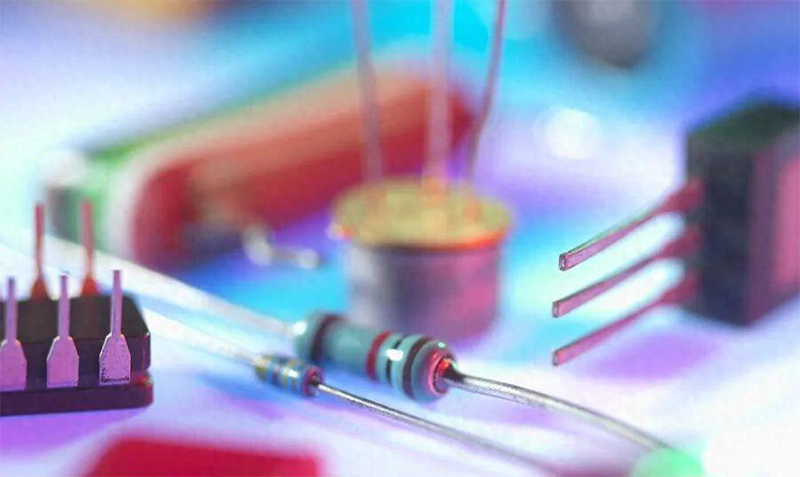A research team at the Massachusetts Institute of Technology (MIT) has successfully developed a new transistor based on two-dimensional magnetic materials. This device significantly improves energy efficiency while maintaining high speed, potentially overcoming the physical limitations of traditional silicon-based transistors and providing key technical support for the future development of high-performance, low-power integrated circuits. The relevant research results have been published in Physical Review Letters, an authoritative academic journal of the American Physical Society.
Transistors, as core components of modern electronic devices, are widely used in processors, memory, and various signal conditioning circuits. Currently, mainstream silicon-based transistors perform logic operations and signal amplification by controlling the on-off flow of current. However, with the continuous scaling of process technology, silicon material leakage and heat generation under low voltage conditions have become increasingly prominent, limiting further improvements in energy efficiency and becoming a major bottleneck restricting the battery life and integration of electronic devices.
To overcome this limitation, the research team turned to the underutilized physical property of electron spin. Electron spin gives electrons an intrinsic magnetic property similar to that of tiny magnets, which theoretically could be used to construct magnetically controlled transistors, achieving more efficient state switching. However, due to long-standing limitations in material compatibility, stability, and process maturity, the actual performance of magnetic transistors has remained below practical levels.

In this study, the MIT team innovatively selected chromium sulfide bromide (CrSBr), a two-dimensional material with room-temperature magnetic order and bistability, as the key functional layer. The Latest Press has learned that this material not only exhibits excellent semiconductor properties but can also reverse its magnetization direction through external field manipulation, effectively combining magnetic manipulation with current control to achieve smooth, low-loss transitions between the “on” and “off” states.
Experimental results show that the CrSBr-based magnetic transistor maintains nanosecond switching speeds while significantly reducing energy consumption compared to conventional magnetic devices, and improving current switching and signal amplification capabilities by up to 10 times. The researchers note that the material maintains good chemical stability in air and is highly compatible with existing semiconductor processes, facilitating future practical applications.
In addition to improving power conversion efficiency, the transistor exhibits unique “non-volatile” memory properties. Its magnetic state is retained even after power is removed, enabling simultaneous logic operations and data storage within the same device. This feature has the potential to significantly simplify circuit architecture, reduce latency and energy consumption associated with data transfer within the chip, and provide hardware support for integrated storage and computing architectures.
The MIT team stated that despite millennia of human knowledge of magnetism, its efficient integration into electronic devices at the nanoscale remains challenging. This research not only demonstrates the potential of two-dimensional magnetic materials in transistors but also points the way toward developing a new generation of electronic components that combine high speed, low power consumption, and multifunctional integration.
The researchers will next focus on optimizing the device structure, increasing integration density, and exploring its practical application in low-power scenarios such as artificial intelligence chips, edge computing devices, and IoT nodes.












